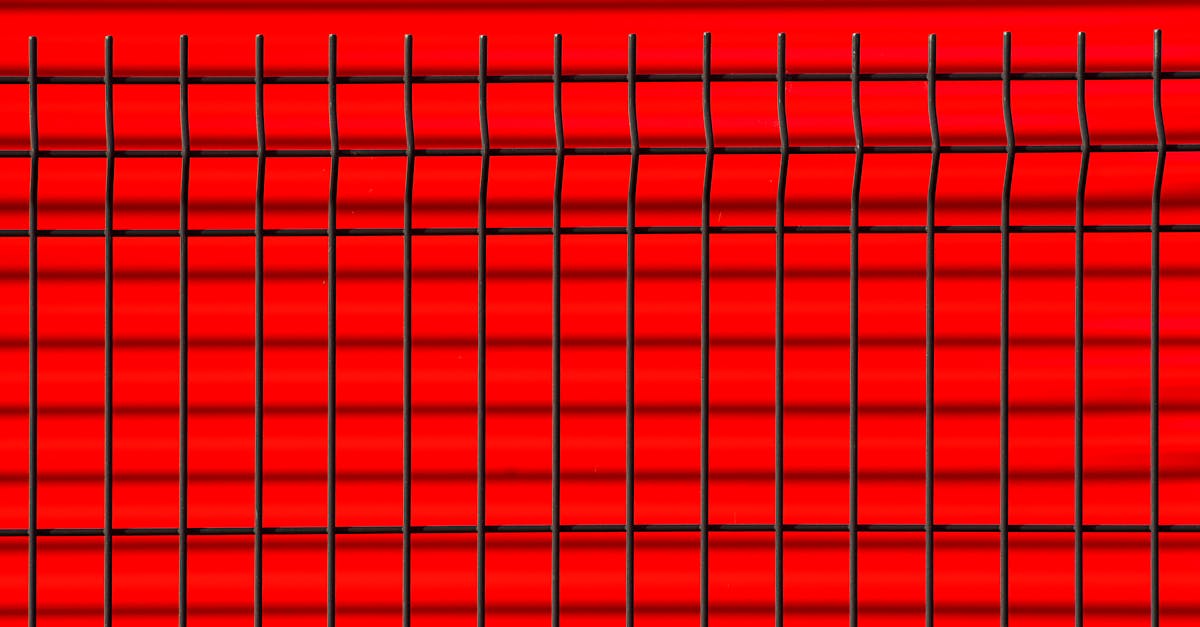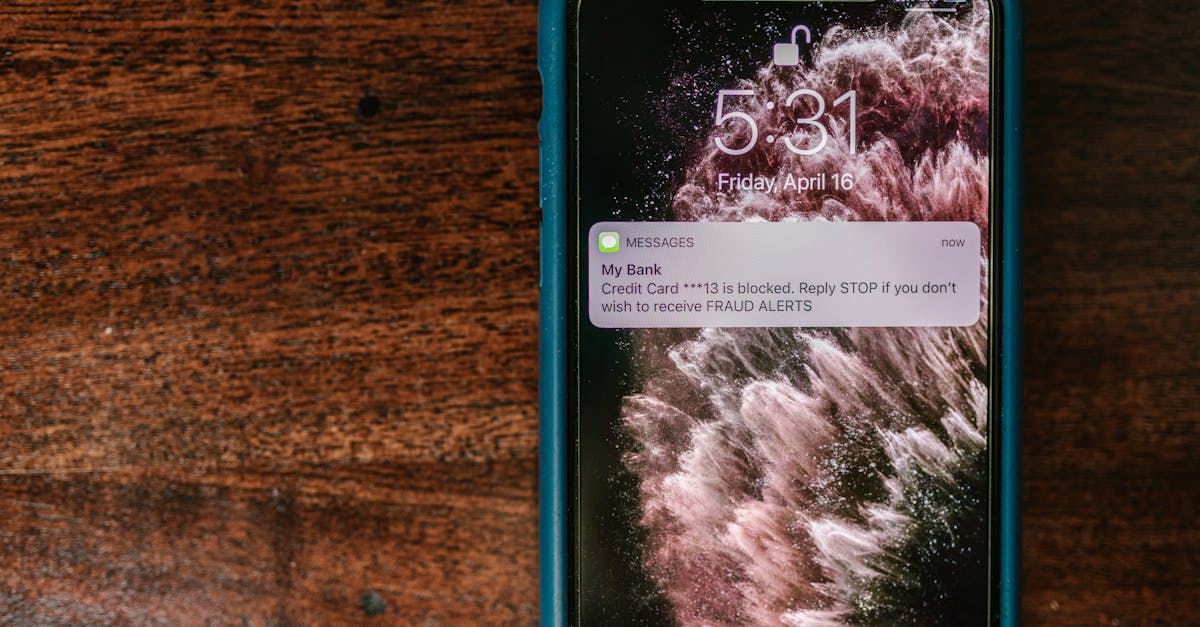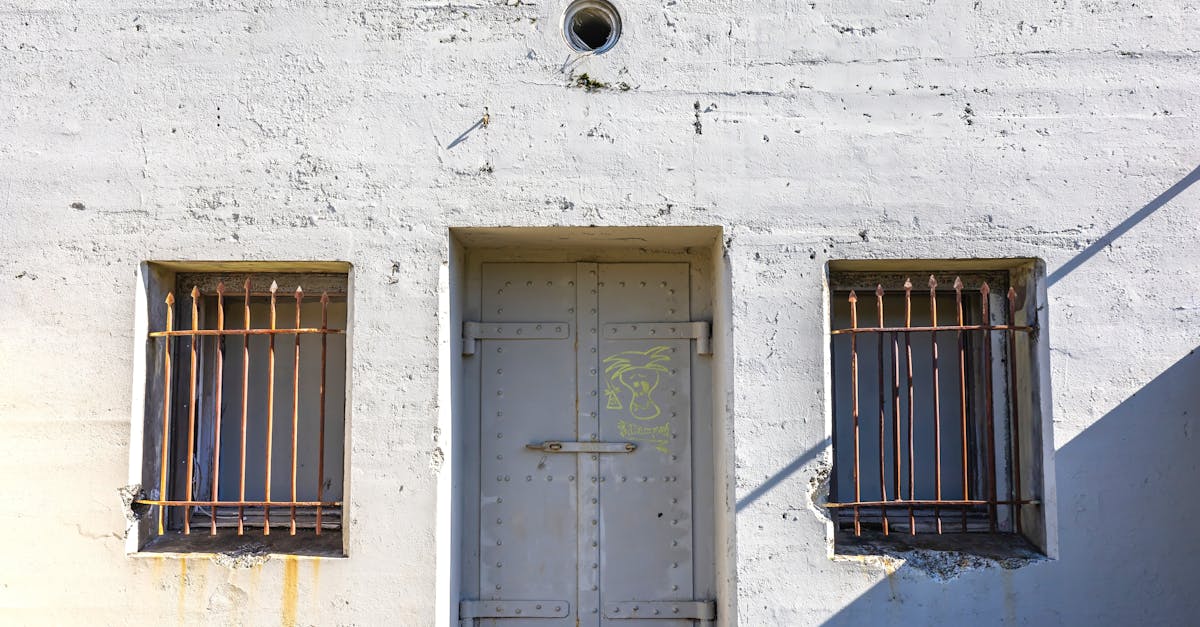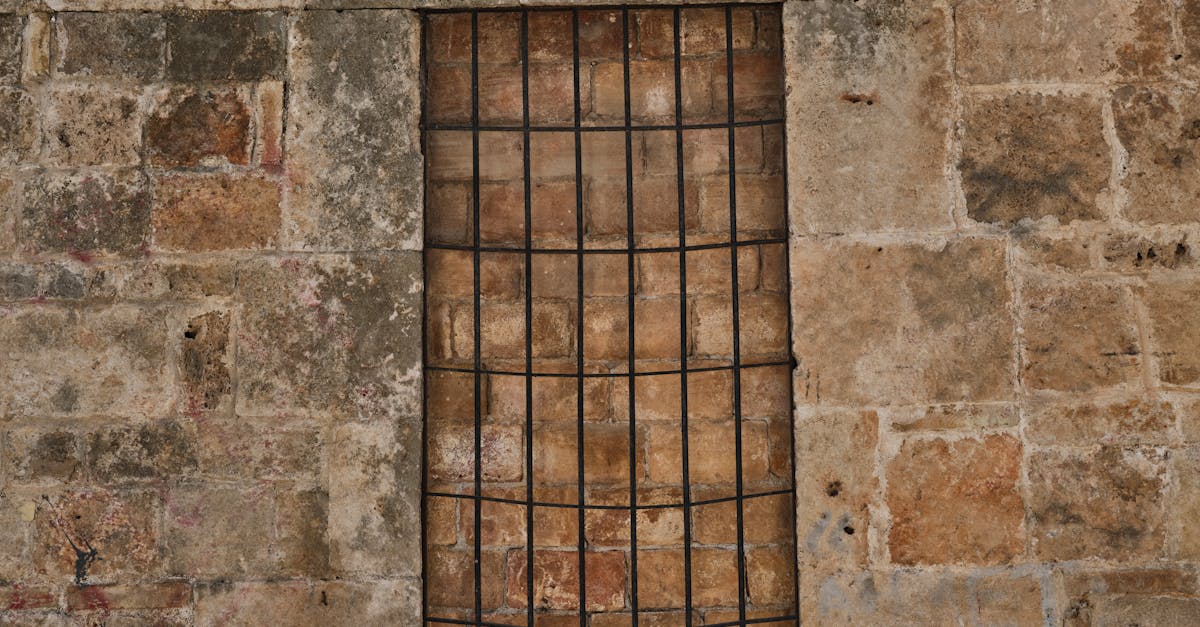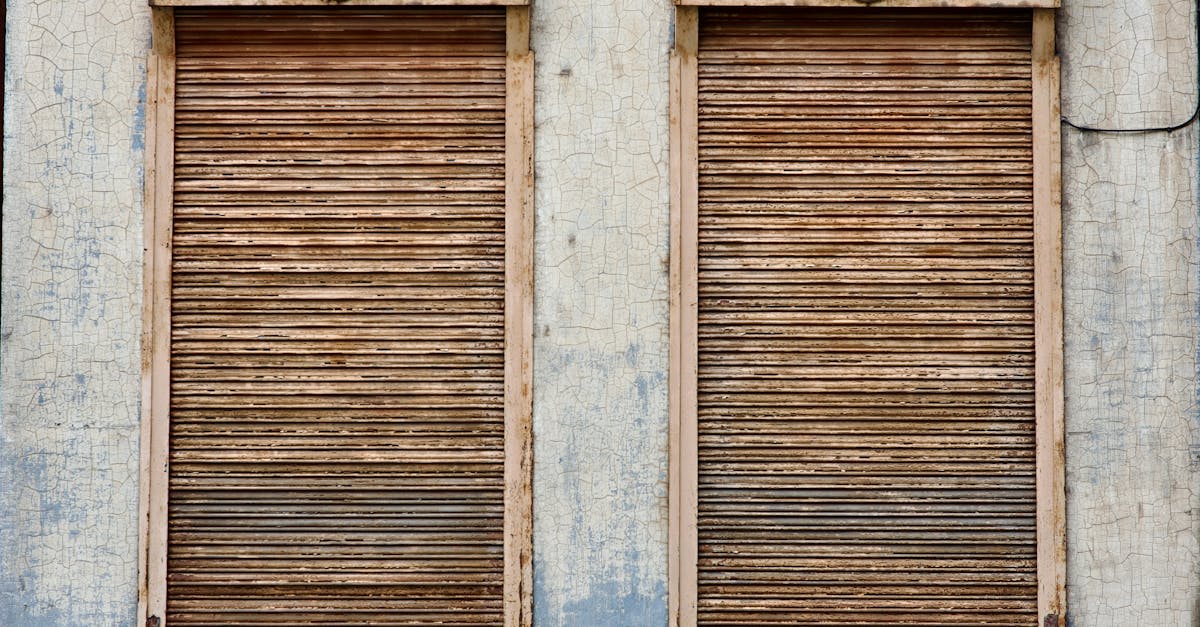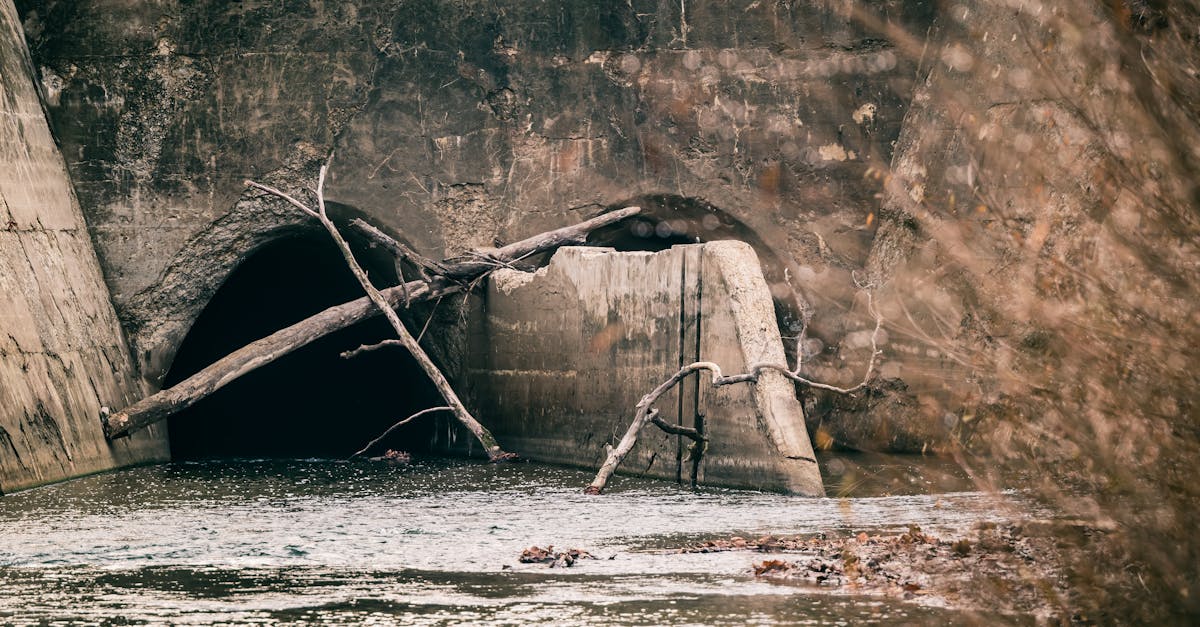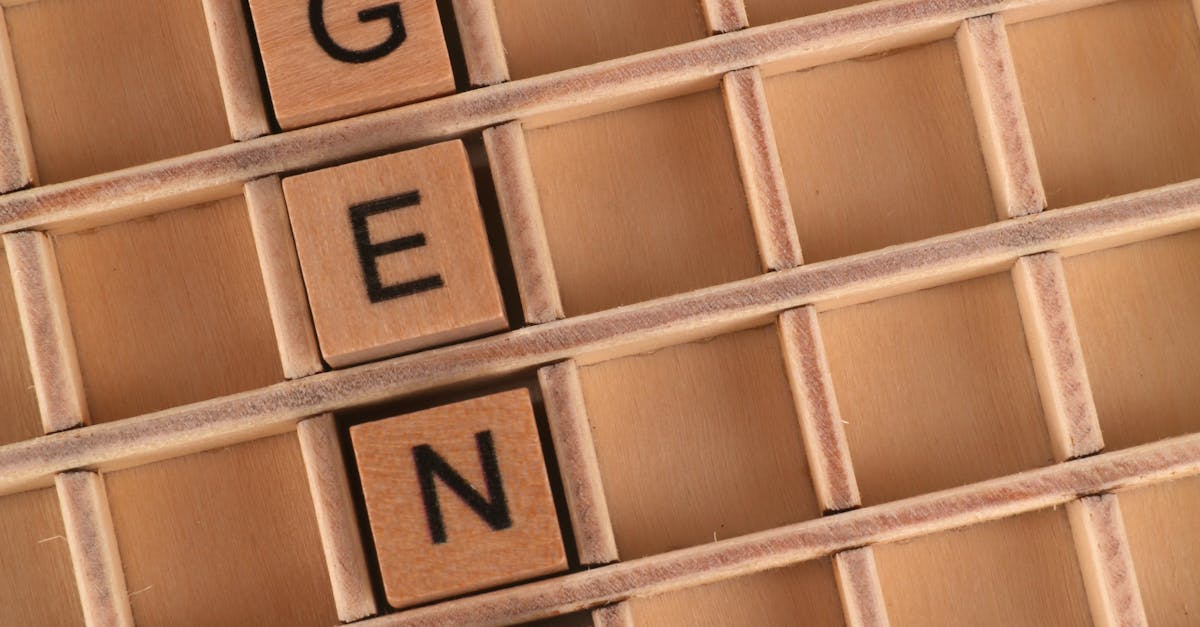
Table Of Contents
Installing the New Faucet
Installing a new faucet requires careful preparation to ensure a smooth and efficient process. Begin by clearing the area under the sink. Remove any existing fixtures, making sure to disconnect the water supply lines carefully. Take your time to clean the surface where the new faucet will be installed, as this will help provide a stable base. Familiarise yourself with the manufacturer's instructions, as designs may vary slightly. Proper planning and organisation will make the task more manageable.
Once the area is prepped, position the new faucet according to the guidelines provided. Secure the mounting hardware, ensuring everything is aligned properly. Tighten the fittings with the appropriate tools but avoid overtightening, as this may damage the sink or the faucet itself. If you encounter any issues during this process, remember that faucet installation and repair can often require a second set of hands or additional assistance. Strive for precision to lay the groundwork for a functional and reliable kitchen or bathroom fixture.
Proper Techniques for a Secure Fit
When installing a faucet, ensuring a secure fit is crucial for preventing leaks and ensuring longevity. Begin by carefully positioning the mounting hardware on the sink. Make sure to use a rubber or silicone gasket to create a tight seal between the faucet and sink surface. This barrier prevents water from seeping under the faucet, which could lead to damage over time. Always consult the manufacturer's instructions for specific details regarding the mounting process, as each faucet may have unique requirements.
Utilising a basin wrench can be particularly helpful when tightening the nuts underneath the sink. This tool allows for better leverage in confined spaces. After securing the faucet, it's a good practice to check for stability by gently wiggling the faucet. A properly installed faucet should remain firmly in place. Attention to detail during the faucet installation and repair process will save time and prevent potential issues down the line, ensuring that your plumbing setup operates effectively.
Connecting the Sprayer Attachment
When it comes to connecting the sprayer attachment, it is essential to ensure that all components fit securely. Begin by locating the hose that comes with the sprayer and check for any kinks or blockages. Attach the hose to the faucet’s supply line, making sure to align the threads properly. A solid connection is crucial to prevent any leaks in the future. If necessary, use plumbers tape on the threads to create a watertight seal.
Next, secure the sprayer handle to the hose. Some models feature a simple push-on mechanism while others may require a screw or clip. Ensure that the connection is tight and that the attachment is positioned comfortably for use. After completing this step, it’s a good idea to test the sprayer by running water through it. This helps verify that everything operates smoothly and that there are no leaks, reinforcing the integrity of your faucet installation and repair.
Ensuring a Tight and LeakFree Connection
When connecting the sprayer attachment to your new faucet, it's crucial to ensure a tight and leak-free connection. Start by checking the rubber washers or O-rings included with the sprayer hose. These components create a watertight seal, preventing any dripping or leaks. If these seals are damaged or worn, replace them before proceeding. Tighten the connection by hand, being careful not to over-tighten, as this can cause damage to the fitting.
After securing the connection, it's advisable to turn the water supply back on slowly. This allows you to check for any leaks at the sprayer attachment and the faucet base. If you notice water escaping, turn off the water supply immediately and inspect the connections. Sometimes, simply re-tightening the fittings can resolve the issue. Regular maintenance is essential for faucet installation and repair, so take the time to ensure everything is secure.
Reconnecting the Water Supply
Once the faucet and sprayer have been securely installed, it is time to reconnect the water supply. Begin by locating the shut-off valves under the sink. Ensure these valves are in the off position before proceeding. Using adjustable pliers, carefully connect the supply lines to the faucet's hot and cold inlets, ensuring they are tightened without over-torquing. This initial setup is crucial for preventing leaks during operation.
After the connections are secure, gradually turn on the shut-off valves to restore water flow. Keep an eye on the newly connected fittings for any signs of leakage. If any water seeps out, it may be necessary to tighten the connections further. Proper attention during this stage can significantly reduce future issues. Following these steps will ensure that your faucet installation and repair are completed successfully.
Steps for Safely Restoring Water Flow
Before restoring the water flow to your newly installed faucet, it is essential to double-check all connections. Ensure that the supply lines are secure and that there are no kinks or damages. Take a moment to inspect the area around the faucet for any signs of leaks. This attention to detail is crucial in avoiding potential water damage in the future. Once you're confident that everything is properly installed, you can proceed to turn on the water supply valves slowly.
After the valves are open, check the faucet for any leaks while running water. Allow the water to flow for a few minutes to flush out any debris or air trapped in the lines. This step is particularly important in the context of faucet installation and repair as it ensures optimal functionality. Monitor the faucet and sprayer attachment closely during this time, confirming that both components are working smoothly and efficiently. Saving time during this process can prevent larger issues later on, making it a worthwhile effort.
FAQS
What tools do I need to install a faucet with a sprayer attachment?
You will typically need a basin wrench, adjustable wrench, screwdriver, plumber's tape, and a bucket to catch any water that may spill during the installation.
How do I ensure a secure fit when installing the new faucet?
To ensure a secure fit, make sure to follow the manufacturer's instructions carefully, use plumber's tape on the threads, and tighten all connections snugly without over-tightening, which can cause damage.
What should I do if I encounter leaks after connecting the sprayer attachment?
If you notice leaks, first turn off the water supply and check all connections to ensure they are tightened properly. If the leaks persist, you may need to replace seals or washers that could be worn or damaged.
How can I safely reconnect the water supply after installing the faucet?
To safely reconnect the water supply, ensure all connections are secure, slowly turn the water supply valve back on, and check for leaks as the water pressure builds.
Is it necessary to use plumber's tape when connecting the sprayer attachment?
Yes, using plumber's tape on threaded connections can help ensure a tight seal and prevent leaks, which is important for both the faucet and the sprayer attachment.

